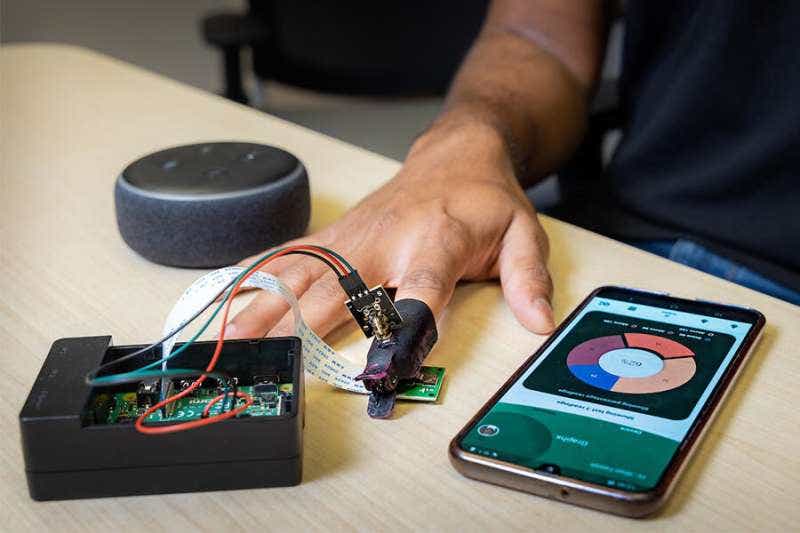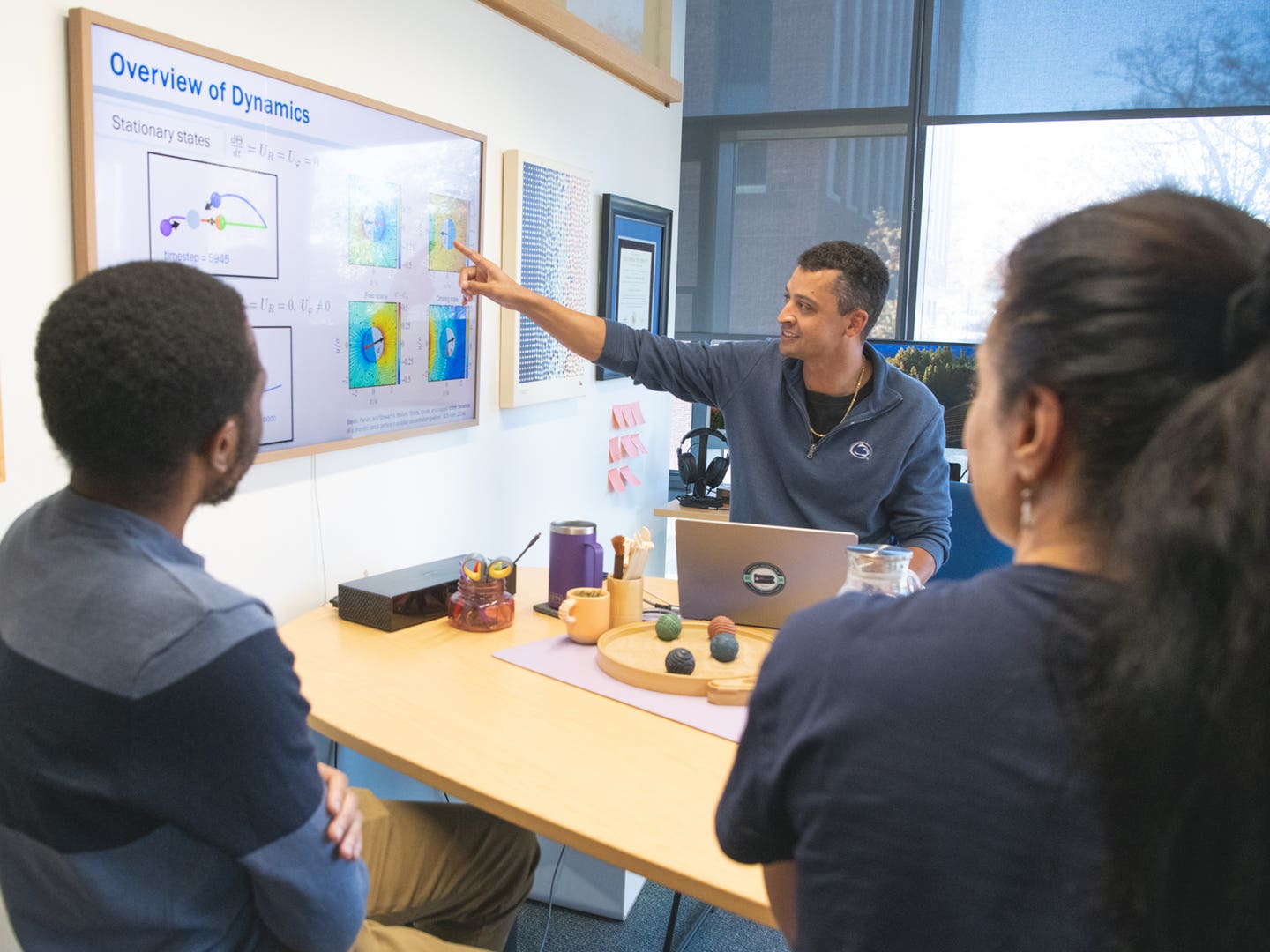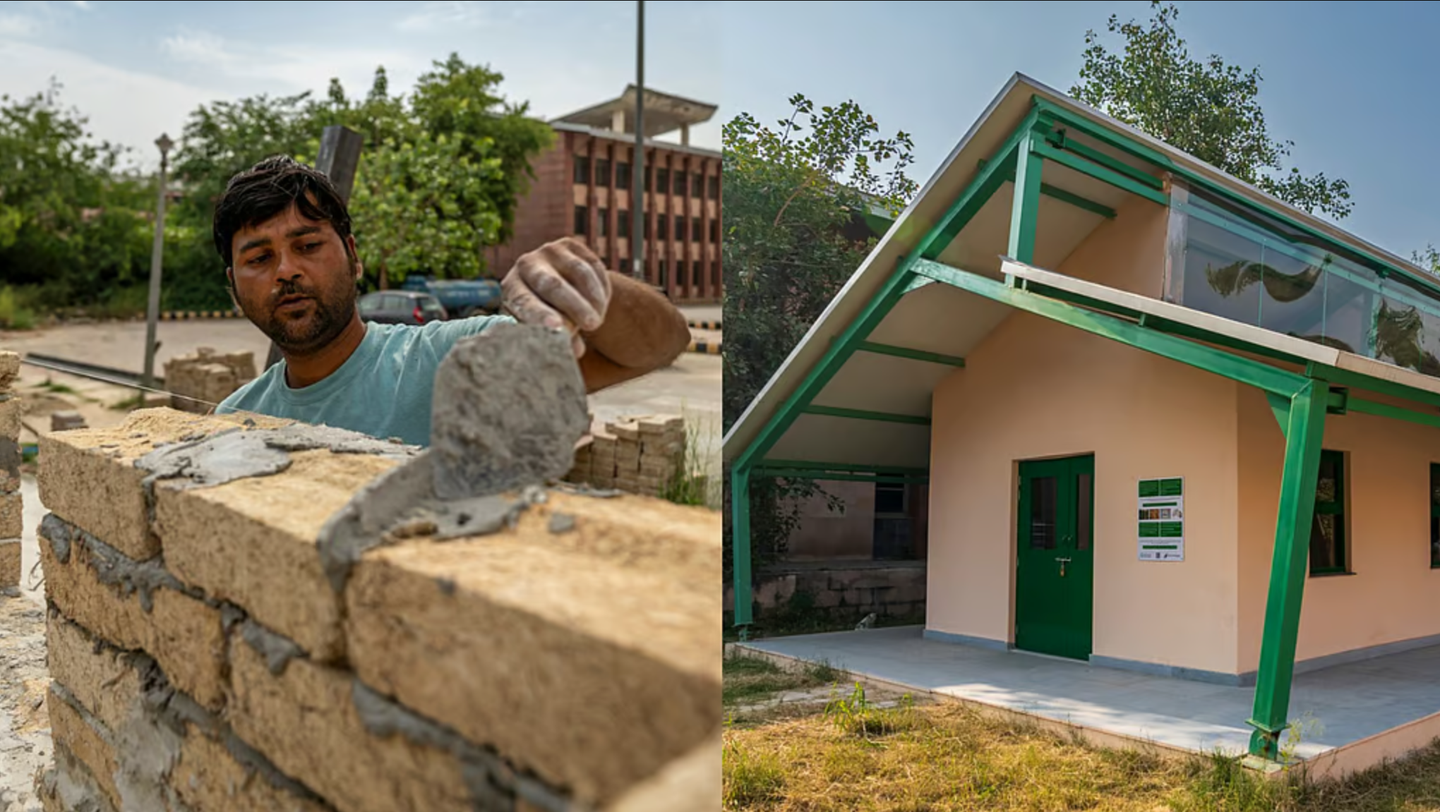Non-invasive blood glucose monitor is 90% accurate
As a child, Maria Valero witnessed her diabetic father prick his finger several times a day to draw blood and check his glucose levels.

[Oct 4, 2022: Tiffany Capuano, Kennesaw State University]
A new non-invasive blood glucose monitoring process is in development. (Credit: Kennesaw State University)
As a child, Maria Valero witnessed her diabetic father prick his finger several times a day to draw blood and check his glucose levels using an electronic monitor. She was concerned about the invasive and painful process but was also curious about the technology behind the device.
“After watching my father go through that, I wanted to create something less invasive,” said Valero.
The assistant professor of information technology in Kennesaw State’s College of Computing and Software Engineering (CCSE) and director of KSU’s IoT as a Service Research Group is working to improve the glucose monitoring process for the millions of people around the world affected by diabetes.
Using funding from the College and a lot of trial and error, Valero and her team created a non-invasive process that can identify the exact value of blood glucose with 90% accuracy without taking a blood sample. The GlucoCheck process uses light shone through human tissue, in either the ear or finger, and a small camera to capture images on the other side. Valero’s team then uses a model to study the amount of light absorption in those images to determine blood glucose concentration.
Related Stories
“Our pilot study was very successful,” she said. “We are excited about how this device will help people with diabetes, which affects about one in every 10 people in the United States.”
Valero and her team recently filed a provisional patent application with the U.S. Patent and Trademark Office to protect the process they created. Director of Kennesaw State’s Office of Intellectual Property Development Chris Cornelison helped Valero sift through research projects around the world to make sure the GlucoCheck process is unique and patentable.
“The way we gather and output the data is novel, and we will continue to work on ways to improve the glucose estimation model,” Valero said. The team has tested the process on nearly 50 people so far, but before filing a full patent next summer, they will assess how the process works on people with a range of skin pigmentations and skin thickness.
Researcher Maria Valero has developed a non-invasive blood glucose monitoring process to help people with diabetes. (CREDIT: Kennesaw State University)
Valero’s students have already created a mobile phone application and are working on connecting GlucoCheck to Amazon’s virtual assistant, Alexa.
“I am very fortunate to have great students who are extremely motivated and bring a wealth of knowledge to this project,” Valero said. “Watching them grow as researchers who want to make a difference in the world using technology is very rewarding.”
Examples of (A) NIO-GM (adapted from Lubinski et al), (B) MI-GM (adapted from Sjö, published under Creative Commons Attribution-Share Alike 4.0 International License and (C) NIFS-GM (adapted from Park et al published under Creative Commons Attribution NonCommercial License 4.0 International License). MI-GM: minimally invasive device; NIFS-GM: noninvasive fluid sampling; NIO-GM: noninvasive optical glucose monitoring.
According to Paola Spoletini, interim associate dean of CCSE, Valero’s commitment to her research is compounded by her dedication to her students.
“Dr. Valero is passionate about using technology to make a difference in the world, and she is an incredible asset to our College,” Spoletini said. “Not only is she developing cutting-edge technologies, but she also serves as a mentor and role model to her students.”
In addition to her students, Valero has worked closely with Hossain Shahriar, associate professor of information technology, and Katherine Ingram, associate professor of exercise science. Ingram is currently researching gestational diabetes risk, and Shahriar’s research focuses on health information technology, data analytics and cybersecurity. Their paper detailing the pilot study was recently accepted into the Journal of Medical Internet Research, and Valero has used the data to apply for additional funding.
For more science and technology stories check out our New Innovations section at The Brighter Side of News.
Note: Materials provided above by Kennesaw State University. Content may be edited for style and length.
Like these kind of feel good stories? Get the Brighter Side of News' newsletter.
Joseph Shavit
Head Science News Writer | Communicating Innovation & Discovery
Based in Los Angeles, Joseph Shavit is an accomplished science journalist, head science news writer and co-founder at The Brighter Side of News, where he translates cutting-edge discoveries into compelling stories for a broad audience. With a strong background spanning science, business, product management, media leadership, and entrepreneurship, Joseph brings a unique perspective to science communication. His expertise allows him to uncover the intersection of technological advancements and market potential, shedding light on how groundbreaking research evolves into transformative products and industries.



